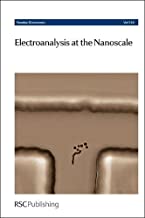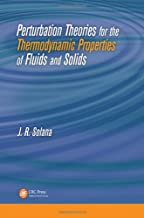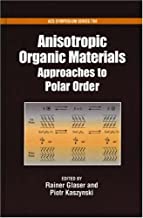Electroanalysis at the Nanoscale: Faraday Discussion
Original price was: ₹17,770.50.₹14,216.40Current price is: ₹14,216.40.
ISBN: 9781849736916
Author/Editor: RSC
Publisher: Royal Society of Chemistry
Year: 2013
1 in stock (can be backordered)
Description
The classical field of electroanalysis is emerging as a new and exciting tool in the 21st century. The characterisation, detection and theoretical behaviour of ions and electrons at the nanoscale is a growth area, of immense interest in the diverse fields of science and technology ranging from biological applications, fuel cells, surface and materials characterisation to sensing. Electrochemistry at the nanoscale is closely linked to interfacial chemistry at the solid-liquid, liquid-liquid phases, material sciences and condensed matter physics. The paradigm shift in electrochemistry started in the 1980s with development of new trends such as structured micro and nano-electrodes allowing atomic scale and dynamic investigations. Enabling in-situ techniques such as Scanning Electrochemical Microscopy combined with AFM, spectro-electrochemical methods together with advanced theoretical calculations using DFT and Monte Carlo simulations have revolutionised the field. Mention should also be made of nano-materials e.g. based on CNTs, graphene, TiO2 and other metal oxides.
Additional information
| Weight | 0.78 kg |
|---|
Product Properties
| Year of Publication | 2013 |
|---|---|
| Table of Contents | Introductory Lecture; Session 1: Bioelectroanalysis; Microelectrochemical visualization of oxygen consumption of single living cells; Vesicular release of neurotransmitters:converting amperometric measurements into size, dynamics and energetics of initial fusion pores; Potential-dependent single molecule blinking dynamics for flavin adenine dinucleotide covalently immobilized in zero-mode waveguide array of working electrodes; Networks of DNA-templated palladium nanowires:structural and electrical characterisation and their use as hydrogen gas sensors;Session 2: Nanomaterial platforms; Anodic TiO2 nanotubes: double walled vs. single walled; The simplest model of charge storage in single file metallic nanopores; Carbon nanotube based electrochemical sensor for the sensitive detection of valacyclovire; Electroanalysis using modified hierarchical nanoporous carbon materials; Pd-Au core-shell nanocrystals with concave cubic shapes: kinetically controlled synthesis and electrocatalytic properties; Electrochemical mechanicalmicromachining based on confirmed etchant layer technique; Decoration of active sites to create bimetallic surfaces and its implication for electrochemical processes; Session 3: Chemical detection; Mapping fluxes of radicals from the combination of electrochemical activation and optical microscopy; Electrochemically assisted self-assembly of functionalized mesoporous silica films: impact of the electrode geometry and size on film formation and properties; Metallic Impurities Availability in Reduced Graphene is Greatly Enhanced by its Ultrasonication; Highly Sensitive Detection of Nitroaromatic Explosives at Discrete Nanowire Arrays; A systematic study of the influence of nanoelectrode dimensions on electrode performance and the implications for electroanalysis and sensing; Session 4: Charge transer at the nanoscale; Double layer effects at nanosized electrodes; Pulse electroanalysis at gold-gold micro-trench electrodes: Chemical signal filtering; Effects of adsorption and confinement on nanoporous electrochemistry; Gold nanowire electrodes in array: simulation study and experiments; Nanoscale control interfacial processes for latent fingerprint enhancement; Closing remarks lecture |
| Author | RSC |
| ISBN/ISSN | 9781849736916 |
| Binding | Hardback |
| Edition | 1 |
| Publisher | Royal Society of Chemistry |
You must be logged in to post a review.






Reviews
There are no reviews yet.